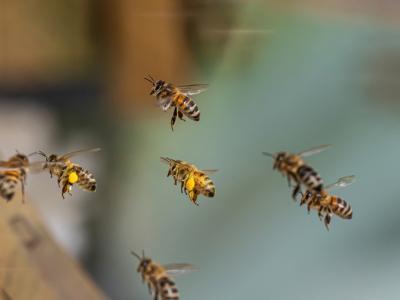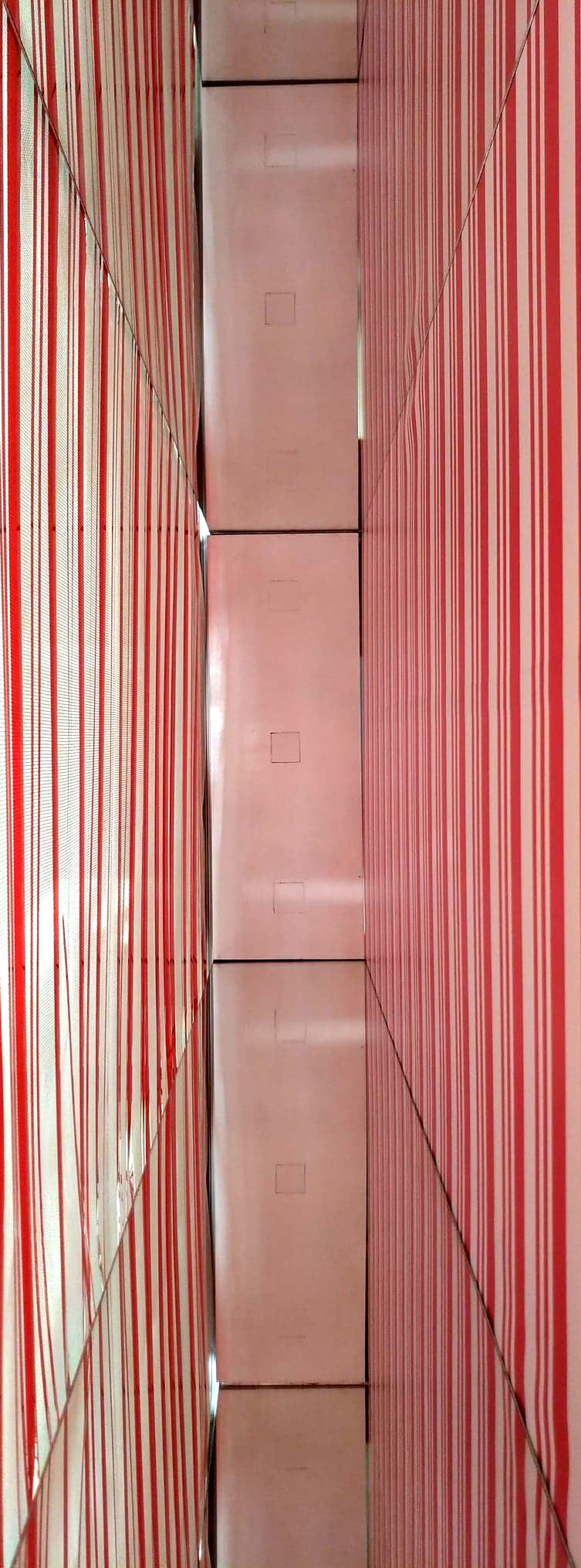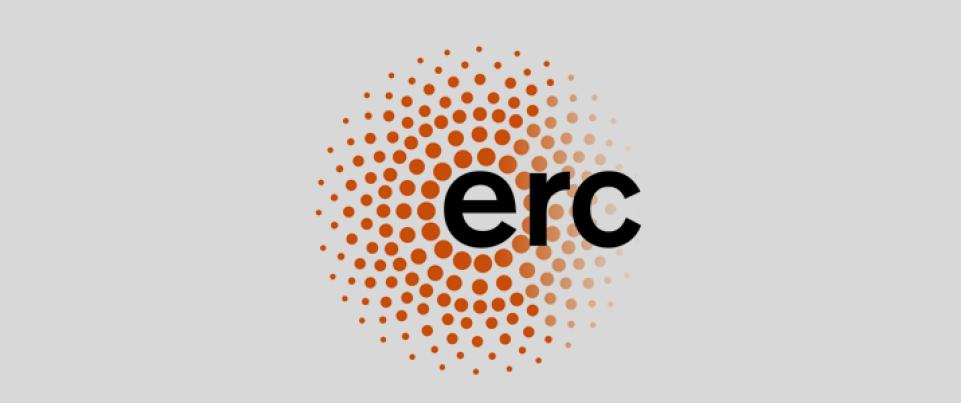
Bees, surprised when flying over a mirror, inexorably lose altitude until they collide with the mirror. This has been demonstrated by an interdisciplinary team of French researchers from the Institut des sciences du mouvement - Etienne-Jules Marey (CNRS/Aix-Marseille Université) and the Centre d'écologie fonctionnelle et évolutive (CNRS / Université de Montpellier / IRD / EPHE).
How do bees adjust their altitude?
What prompted researchers to come up with such an original experiment? Just like an aviator flying by sight, bees use their vision to adjust their altitude. To do this, they exploit various variables available in the optical flux generated by their movement in the environment. One of these variables - the optical ground speed - depends on the altitude at which the bee is flying, and is used to control its altitude. The researchers then set out to manipulate this optical ground speed by cancelling it, in order to observe whether the bees could fly in this unlikely environmental configuration.
The bees are trained to fly in a tunnel, with sweet treats as a reward, and then various elements of the tunnel walls on the floor or ceiling are replaced by mirrors to make them believe that the ground is twice as low, or even projected infinitely downwards. Observing what happens, the result is clear: without this "speed of optical scrolling of the ground", the bees fall or bounce on the mirror, certainly in search of the ground.
An original experiment that's safe for bees
However, this optical configuration is not all that implausible. 60 years ago, Austrian entomologist Herbert Heran and German behaviorist Martin Lindauer trained bees to fly over a lake. When the surface of the lake or a plank bridge offered visual contrasts, the bees crossed the lake. Conversely, when the surface of the lake was mirror-smooth, the bees flew lower and lower until they came into contact with the surface of the water.
The originality of this work lies in the design of controlled and manipulable optical configurations that best approximate the natural flight conditions of bees, without needing a lake or sacrificing bees to study altitude control. Julien Serres explains that we first need to be sure that we can defeat the bees' altitude control, then offer them other optical information, and then study their combination to describe altitude control.
Studying bees to help pilots
This ground-breaking, controlled experiment echoes the numerous accidents suffered by aviators and pilots who have difficulty perceiving the ground when it is no longer textured (desert dunes, snow, lake, etc.). The aim is to better understand how to combine different types of information to visually control altitude, with a view to developing pilot aids or flight automation. Finally, this study also provides surprising confirmation that the best way to escape a swarm of bees is still to dive into the water - but to avoid making too many waves!

Reference: Julien R. Serres, Antoine H.P. Morice, Constance Blary, Romain Miot, Gilles Montagne, Franck Ruffier. Floor and ceiling mirror configurations to study altitude control in honeybees. Biology Letters, March 2022.
Published in Biology Letters on March 23, 2022.











